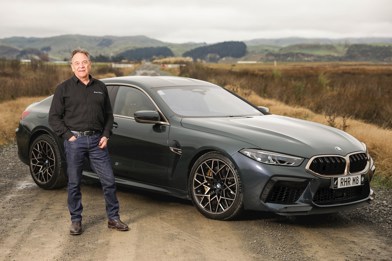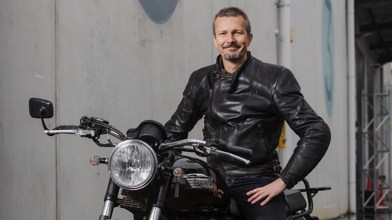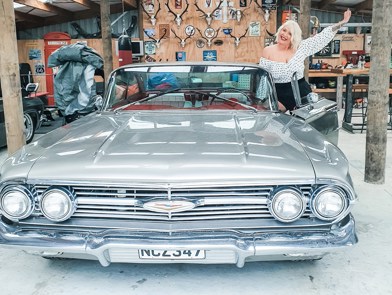There’s a lot of competition in the premium compact SUV market: from Mercedes-Benz’s GLC, BMW’s X3, the Audi Q5, Land Rover Discovery Sport and its siblings the Range Rover Evoque, Sport and Velar plus Jaguar F-Pace.
Let’s not forget the Maserati Levante and Alfa Romeo Stelvio. Now that’s a big list.
And sitting in that lineup is Porsche’s Macan.
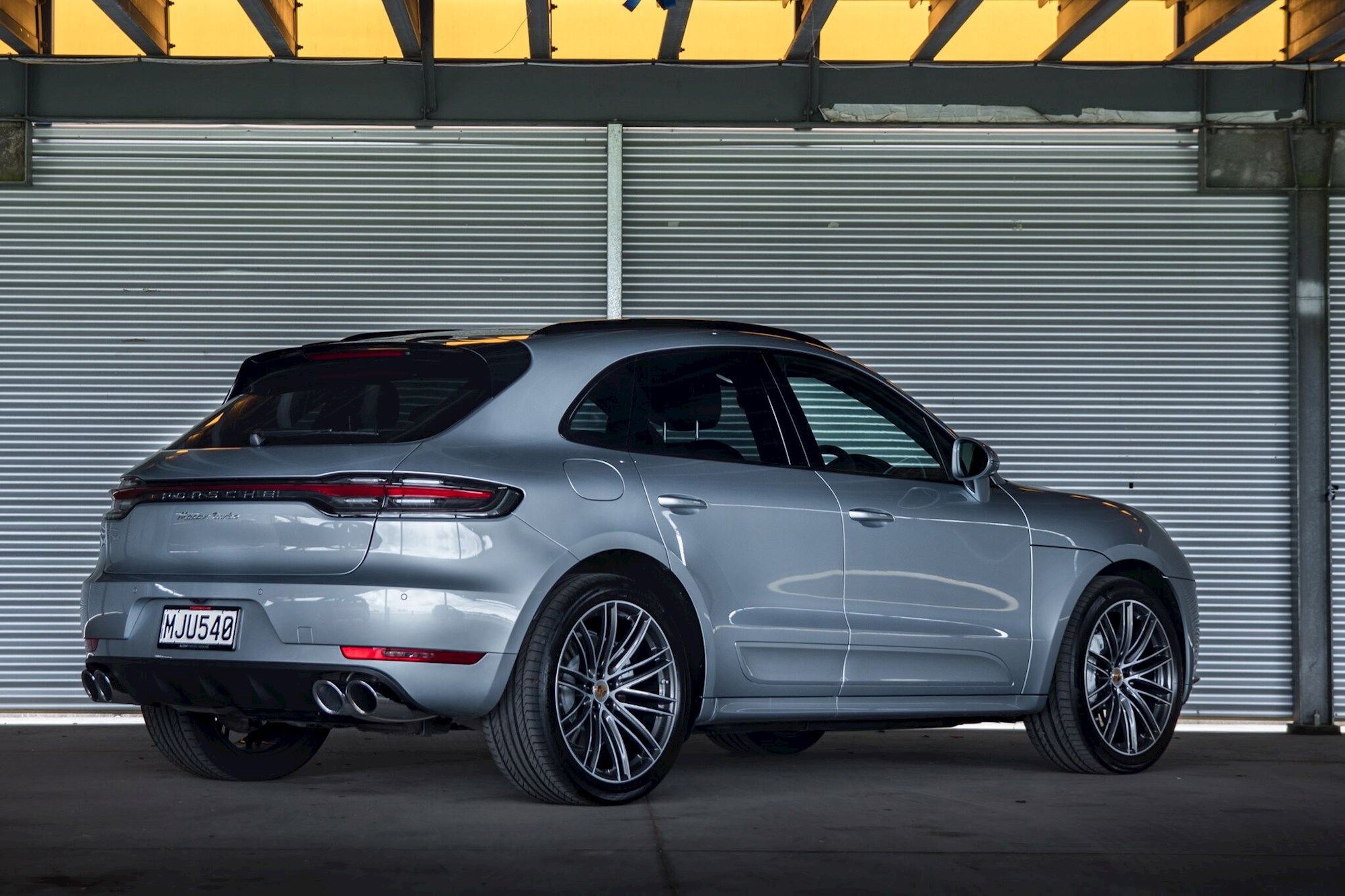
So, how do you make it stand out from that impressive lineup? Release a turbo version.
Porsche gave the Cayenne’s smaller sibling a facelift this year and the turbo gained a new engine.
Priced from $165,900, the Macan turbo has a 2.9-litre, six-cylinder biturbo petrol engine that offers 324kW of power and 550Nm of torque.
This engine is used by Porsche in its Cayenne and Panamera models and has 10 per cent more power than the Macan’s predecessor.
The transmission is provided by the seven-speed PDK dual-clutch gearbox with the Porsche Traction Management (PTM) all-wheel drive.
The Macan turbo goes from 0-100km/h in 4.3 seconds – three tenths faster than before — with a top speed of 270km/h.
The new Macan turbo comes with the Porsche Surface Coated Brake (PSCB) as standard to match the excellent driving dynamics. These high-performance brakes have a tungsten carbide coating on the discs that gives a faster response and less wear.
Driven’s model was priced at $174,160 thanks to the addition of such packages as a panoramic roof ($3590.00) and adaptive cruise control ($2250). And those are two boxes we’d tick if we bought one.
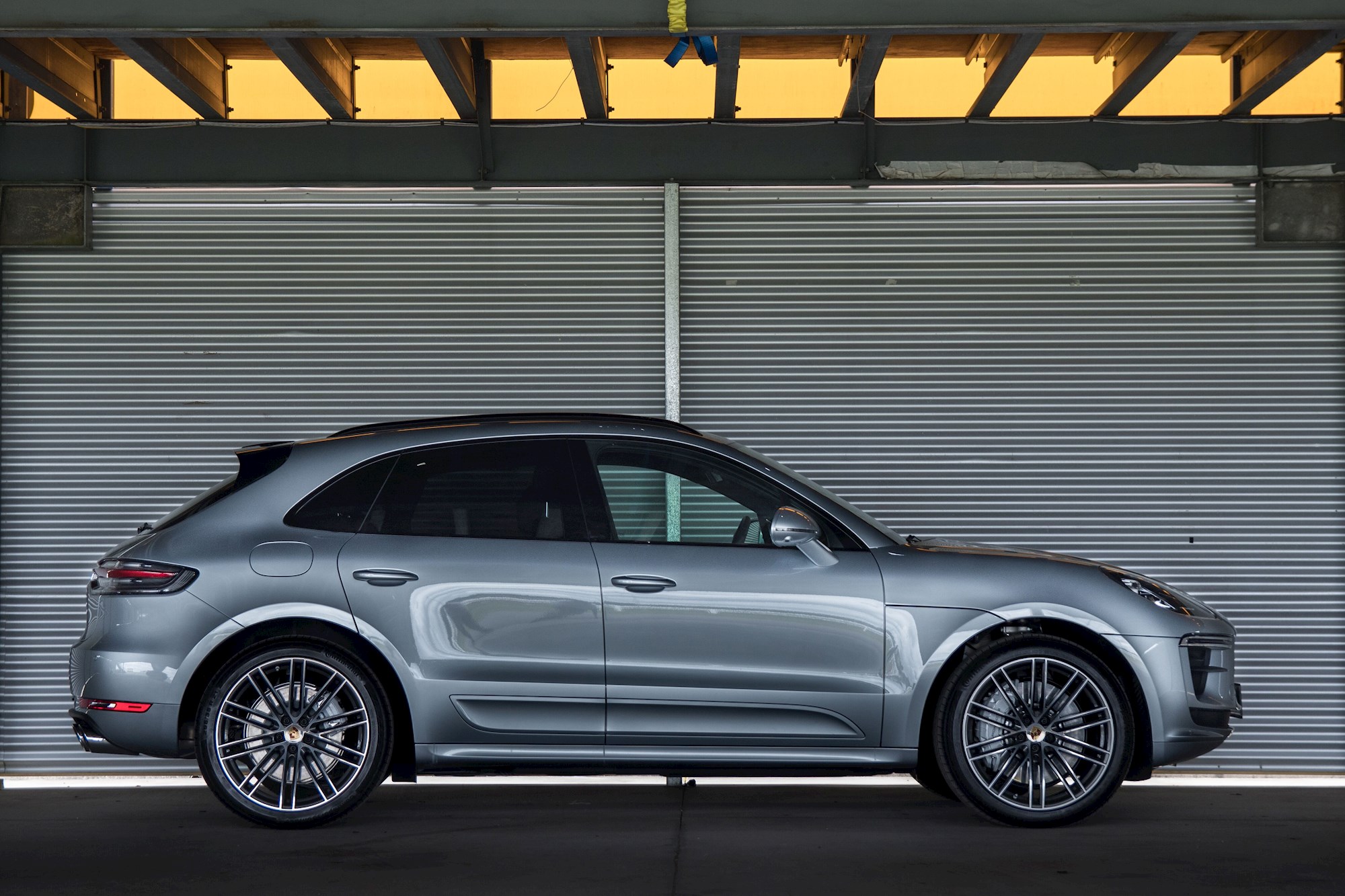
The panoramic roof gives the cabin a larger feel while cruise control is a must on motorways. Our Macan sat on 21in 911 turbo design wheels, setting itself apart from other Macan models thanks to a front apron and a fixed roof spoiler with a double-wing design. Side mirrors sit on two prongs (for aerodynamics).
Inside, the turbo gets adaptive sports seats and a Bose surround sound system. It also has 10.9in full HD touchscreen and is the first Porsche to gain Apple CarPlay/Android Auto — surely a must in any new vehicle now.
To make the most of the turbo, drivers can either engage sport exhaust and remain in comfort mode while driving in the city (so pedestrians will appreciate the gurgle from the rear). Or, they can do what we did and have sport driving mode on most of the time and the sport exhaust automatically engaged.
The standard seven-speed dual-clutch automatic gearbox shows its class. It is fast, smooth and intuitive and has the ability to perfectly match revs on downshifts. The four-wheel drive system directs torque to the rear wheels and, when needed, to the fronts, giving the Macan a rear-drive bias.
The important aspect of the Macan turbo is its handling and it delivers an unusually high level of dynamic qualities.
On the road, the Macan turbo is smooth with intrinsic power that comes to the fore when drivers need to overtake – and we did extensively during our three days of testing.
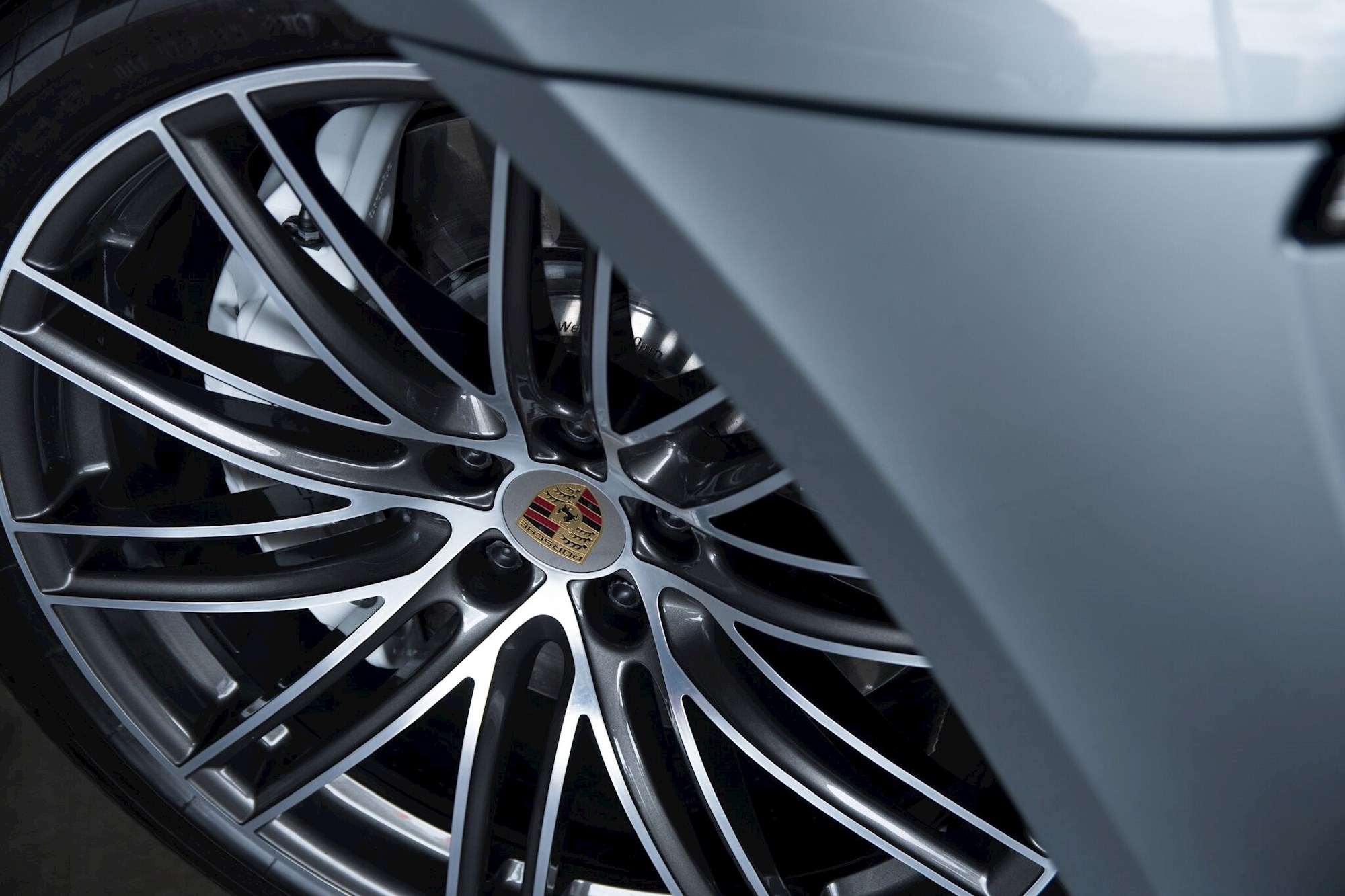
The Macan turbo can be powered down a country road at speed and it responds beautifully, offering generous feel and a good deal of steering. The nimbleness is phenomenal for a vehicle this size.
On the motorway, and when overtaking, the Macan has terrific top-speed stability with instant torque when needed.
While the Macan turbo is an SUV, its handing is more like the Porsche Cayman, and we liked that. Sure there were niggles — the huge blind spot at the rear (thank goodness for rear cameras and sensors) and the central console has too many buttons for our liking.
It can handle off-road trips but its more of combination of a sports car with an SUV, thanks to the delight of the turbo.






